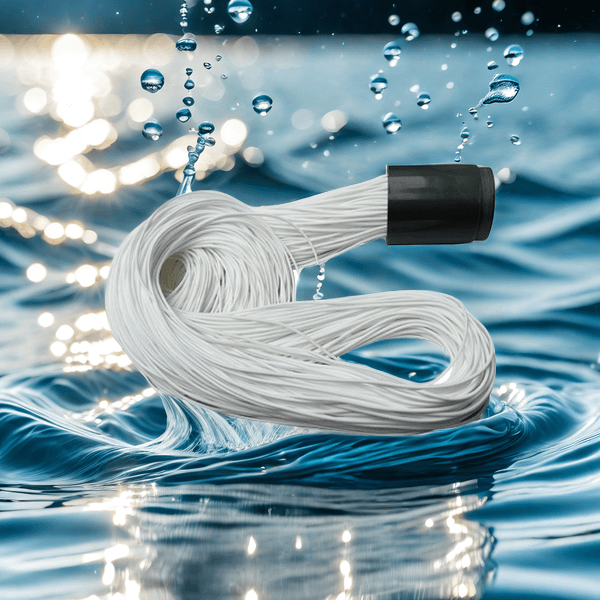What are the clean production technologies for treating printing and dyeing textile wastewater?
The printing and dyeing textile industry is a pillar industry of China’s traditional economy, but with its rapid development, the environmental problems caused by wastewater discharge are becoming increasingly prominent. In order to achieve sustainable development and green environmental protection, clean production technology for the treatment of printing and dyeing textile wastewater is particularly important. The following are some clean production technologies for the treatment of printing, dyeing, and textile wastewater:
1. Ultrafiltration (UF) and reverse osmosis/nanofiltration (RO/NF) technologies
After pre-treatment, ultrafiltration technology can be used to remove suspended solids, turbidity, and chromaticity from printing and dyeing wastewater. Subsequently, the wastewater enters the reverse osmosis/nanofiltration system, which intercepts pollutants from the wastewater to achieve separation and concentration of pollutants, ultimately achieving the water quality requirements for production and reuse. The core process of this technology has a small footprint, high degree of automation, and strong separation ability, which can ensure the water quality of the effluent.
2. MBR/MCR+RO/NF combination process
For printing and dyeing wastewater with high concentrations of organic pollutants and suspended solids, MBR (membrane bioreactor) or MCR (membrane chemical reactor) technology can be used for treatment first. These technologies combine membrane separation technology with biotechnology, which can efficiently reduce organic pollutants and suspended solids in wastewater. The treated wastewater is further treated in the RO/NF system to meet the water quality standards for reuse.
3. Recycling and utilization technology of wastewater and materials
Wastewater recycling: Based on the characteristics of water quality, printing and dyeing wastewater can be separated and recycled. For example, bleaching and refining wastewater and dyeing and printing wastewater can be recycled separately to reduce emissions.
Material recycling and utilization: including alkali recovery, dye recovery, etc. Alkali can be recovered through evaporation, while dyes can be recovered through precipitation, filtration, and other methods, reducing pollution and saving costs.

4. Harmless treatment technology
Physical methods, such as sedimentation and adsorption, are mainly used to remove suspended solids and dissolved pollutants from wastewater.
Chemical methods include neutralization, coagulation, and oxidation, which are used to regulate the acidity and alkalinity of wastewater, remove dispersed dyes and colloidal substances, and oxidize reducing substances in wastewater.
Biological methods, such as activated sludge method and biological turntable, utilize microorganisms to degrade organic matter in wastewater.
In summary, clean production technologies for the treatment of printing and dyeing textile wastewater include ultrafiltration and reverse osmosis technology, MBR/MCR and RO/NF combination process, wastewater and material recycling technology, and harmless treatment technology. The application of these technologies can not only effectively reduce the discharge of wastewater in the printing and dyeing textile industry, but also improve the efficiency of water resource utilization and promote the green and sustainable development of the printing and dyeing textile industry.
